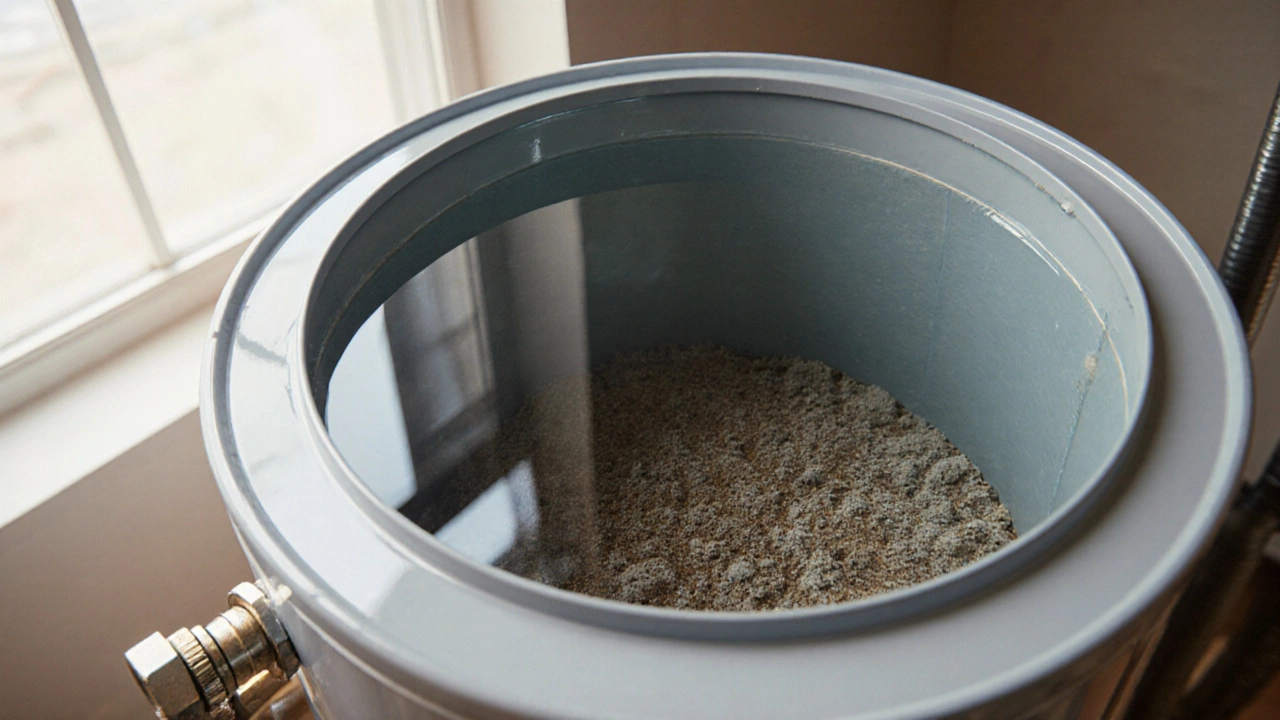Water Hardness: What It Means for Your Home Appliances
When dealing with water hardness, the concentration of calcium and magnesium dissolved in your tap water. Also known as hard water, it can change how your appliances work and how often you need maintenance. The higher the mineral content, the more likely you’ll see stubborn deposits forming inside pipes, heating elements, and seals.
One of the first things you notice is limescale, a hard, chalky buildup that appears when heated water leaves calcium and magnesium behind. Those white crusts don’t just look ugly; they insulate heating elements, making boilers, water heaters, and even dishwashers work harder and use more energy. That extra workload shortens the appliance lifespan, the total years a device can operate before major failure or replacement is needed and can cause surprise breakdowns.
Why Water Hardness Matters for Everyday Devices
Hard water also affects performance beyond visible deposits. In a washing machine, mineral particles can clog detergent dispensers and reduce cleaning power, leaving clothes looking dull. In a dishwasher, limescale can block spray arms and prevent dishes from getting truly clean. Even a simple electric kettle can develop a thin crust that makes the water taste metallic and the kettle take longer to boil. All these issues share a common thread: the minerals in hard water interfere with heat transfer and mechanical movement.
Fortunately, a water softener, a system that swaps calcium and magnesium ions for sodium or potassium, reducing hardness before water reaches your fixtures can break that chain. Softeners keep heating elements clear, preserve seals, and let appliances run at their design efficiency. The result is lower energy bills, fewer service calls, and a longer useful life for everything from boilers to coffee makers.
When you’re choosing a softening solution, think about the size of your home, water usage patterns, and budget. Whole‑house units treat all incoming water, protecting every appliance, while point‑of‑use filters focus on high‑risk spots like the kitchen sink or washing machine inlet. Both options cut down on limescale, but whole‑house systems give the most consistent protection across the board.
water hardness isn’t just a chemistry term—it’s a practical concern that shows up in everyday frustrations. By understanding how mineral content creates limescale, why that shortens appliance lifespan, and how a water softener can intervene, you’re equipped to make smarter choices for your home. Below you’ll find a range of articles that dig deeper into specific appliances, give step‑by‑step fixes, and explain when it’s time to call a professional.
Take a look at the collection ahead to see how hard water impacts ovens, boilers, hot water heaters, and more, and discover concrete steps you can take right now to protect your gadgets and keep your utility bills in check.
Optimal Water Heater Flushing Frequency: Keep Your Hot Water Efficient
0 Comments
Learn the ideal water heater flushing schedule, step‑by‑step guide, signs of sediment buildup, and maintenance tips to keep hot water efficient and durable.
Read More